Some brands become memorable through jingles, catchphrases, logos or designs, and others find brand mascots or characters to be extremely successful. Many well-known brands such as PG tips, Compare the Market, Churchill, Fairy liquid and multiple cereal brands (Cocopops/ Frosties/Cornflakes) all use characters as distinctive assets of their brand. As an audience, we only need to see Alexander Meerkat or the Fairy Liquid baby to know which brand we are seeing.
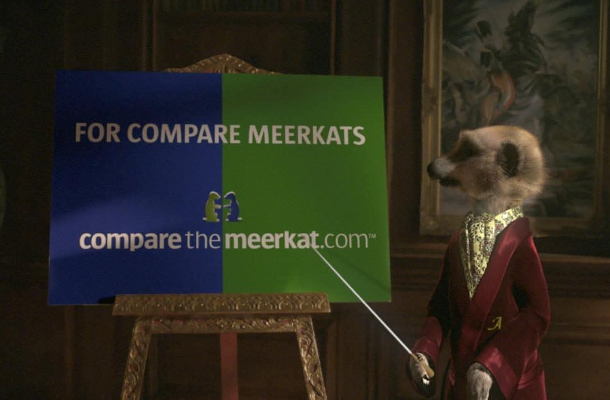
When selling products aimed at children, cartoon characters have shown to increase engagement (Kelly, Slater, Karan, & Hunn, 2000) and therefore brand popularity amongst this age group. However, many brand characters are representing products that are almost exclusively bought by adults, such as toilet paper (Charmin koala,) tea bags (PG tips monkey) or tyres (Michelin man) so why do adults love them so much?
An item is considered distinctive when it stands out, is unique to a brand and cannot be easily copied. Research across multiple brands and sectors have constantly shown that brand mascots are very effective brand cues. Additionally, when researchers looked at cartoon characters in advertising, they found that these characters created more positive consumer advertising outcomes, better attitudes towards the brand and an increased purchase intention (Heiser, Sierra, & Torres, 2008). That’s not surprising, we tend to like and purchase what we know and are familiar with plus we are programmed to be drawn to items that have human traits.
The distinctiveness theory (Deshpandé, & Stayman, 1994) suggests that if an advert stands out as different it will be considered distinctive. When this theory was applied to cartoon characters in advertising, researchers found that these characters created more positive consumer advertising outcomes, better attitudes towards the brand and an increased purchase intention (Heiser, Sierra, & Torres, 2008). Therefore, deploying a loveable distinctive character to represent a brand will be likely to achieve a distinctive ad campaign.
Furthermore, we love an underdog. According to research, consumers respond positively to underdog characters (such as Alexander meerkat’s assistant Sergei), especially when these aspects reflect areas of their own lives (Paharia, Keinan, Avery, & Schor, 2010). In addition, feeling a connection with an underdog character has shown to improve brand loyalty and purchase intentions.
So perhaps Compare the Market customers feel a connection with Sergei, while he races around after Alexander and the baby meerkats, we too could be seeing aspects of our own overwhelming and busy lives. Then, when he discovers Compare the Market to find the best deal on his home or car insurance, we consider how that could save us time in our own lives.
For any brands wanting to achieve the same level of success, consider introducing a cute character spokesperson who is distinctive and relatable, as this has proven to be a winning combination with consumers and brands alike.
How we can help
Here at Spark Emotions, we are able to quantify the emotions of consumers to understand how they really feel about your brand’s distinctive assets. We are able to help you make informed changes to your brand, pack or media, to ensure the changes you are making will help you deliver the desired result.
Our team of consumer psychologists are able to help you understand what really resonates with your customers by analysing their behaviour to uncover the real insights, our industry experts then take these finding and help you put them into practice.
Related articles

Written by Tara Moran, Research Executive at Spark Emotions.
If you have any questions, feel free to reach out to Tara via email tara.moran@sparkemotions.com or connect on LinkedIn



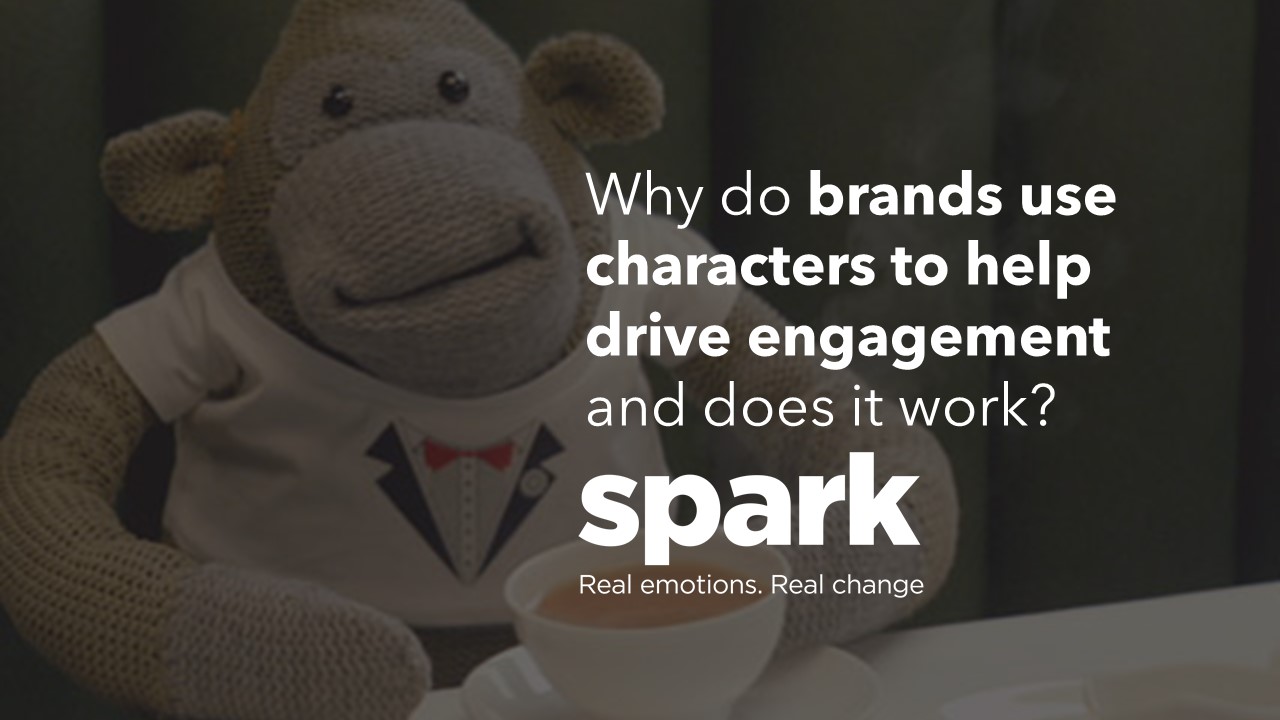

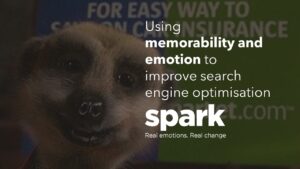
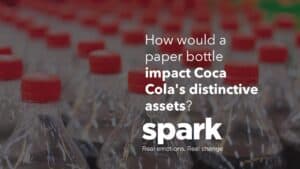
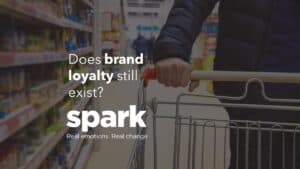
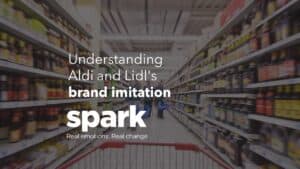


2 thoughts on “Why do brands use characters to help drive engagement and does it work?”
Comments are closed.